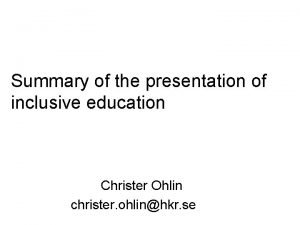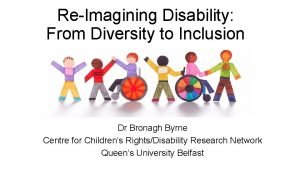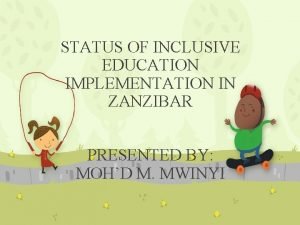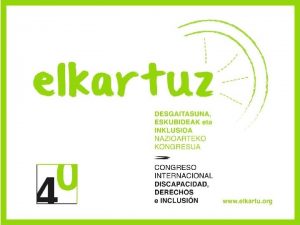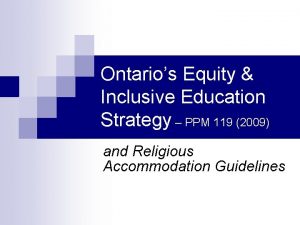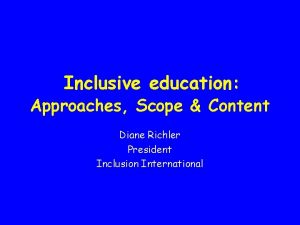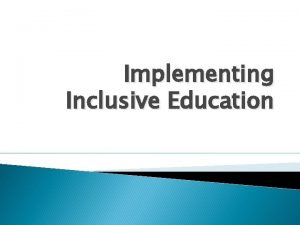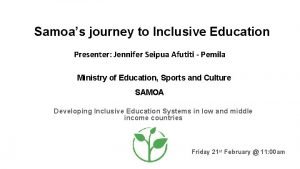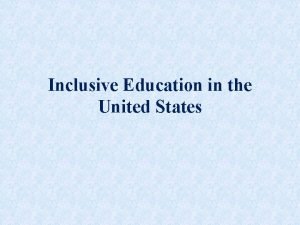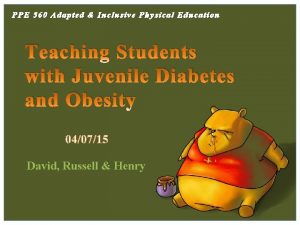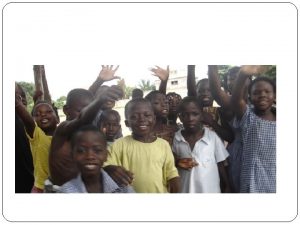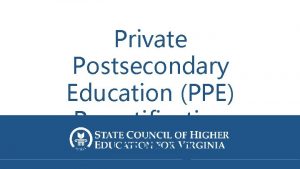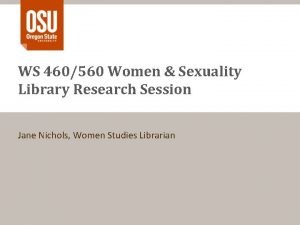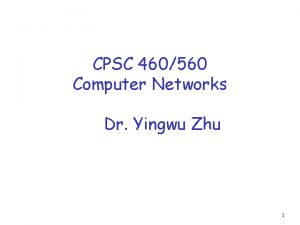Adapted Physical Education PPE 460560 Adapted Inclusive Phys









- Slides: 9

Adapted Physical Education PPE 460/560

Adapted & Inclusive Phys. Ed. • Developmentally appropriate physical education at its finest. It is adapting, modifying and/or changing a physical activity so it is as appropriate for the person with a disability as it is for a person without a disability. • Direct service = A service that MUST be provided to all students with disabilities(6 p)

Adapted & Inclusive Phys. Ed. • Related Service = provided in order to allow students to benefit from Special Ed services. i. e. , OT, ST, PT • EAHCA(education for all handicapped children act) – Physical Education is the only curricular area specifically identified in the law. Specifically stated “qualified personnel” must provide.

Adapted & Inclusive Phys. Ed. • Inclusion – Providing services to students with disabilities in the typical environment rather than removing them from the RPE class to receive services. • Good Teaching – Adapting goals, content and pedagogy to individual needs so as to minimize failure and maximize success and preserve selfesteem. • All good physical education is adapted physical education.

What is a(n)… • Impairment: An anatomical or functional loss, which may or may not result in a disability. Use “differently abled” as a means of emphasizing differences rather than limitations. • Disability: A condition of impairment, physical or mental, having an objective aspect that can usually be described by a physician. A loss or reduction of functional ability, which results from an impairment. A diagnostic category that qualifies students for special services. • Handicap: A condition produced by societal and environmental barriers. The disadvantage caused by the disability.

Guidelines for Interacting, Speaking, and Writing • Use Person-First Terminology • Be sensitive to Disability Language • Avoid thinking of Characteristics

Individual Differences Philosophy: Consider… • • All individuals at all ages can benefit from physical activity in many goal areas in all three domains. All individuals at all ages can learn when adaptations are incorporated into instruction. All individuals at all ages deserve access to high-quality physical education instruction. All individuals at all ages deserve access to recreational and competitive sports, dance, and aquatics activities.

Interactions • • Totally “unique” person Persons first and disabled individuals secondly Same basic needs as you - love, learn, share, grow, experience. Only one world. Don’t protect them from failing Only they can show or tell you what is possible for them – be an attentive, attuned observer. Persons with disabilities must do for themselves Allow them to become what is within them to become Be honest and the best you possible

Speaking and Writing • • Avoid characterization Focus on specific, observable behaviors Do not refer to the disability unless it is crucial to the story Do not sensationalize the disability by saying “affected with”, “victim of”, etc. say person who has/had… Use person-first terminology Emphasize abilities and avoid using emotional descriptors (unfortunate, pitiful) Avoid implying disease when discussing disabilities.
